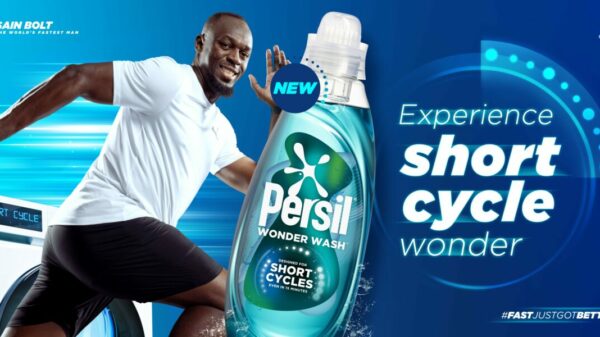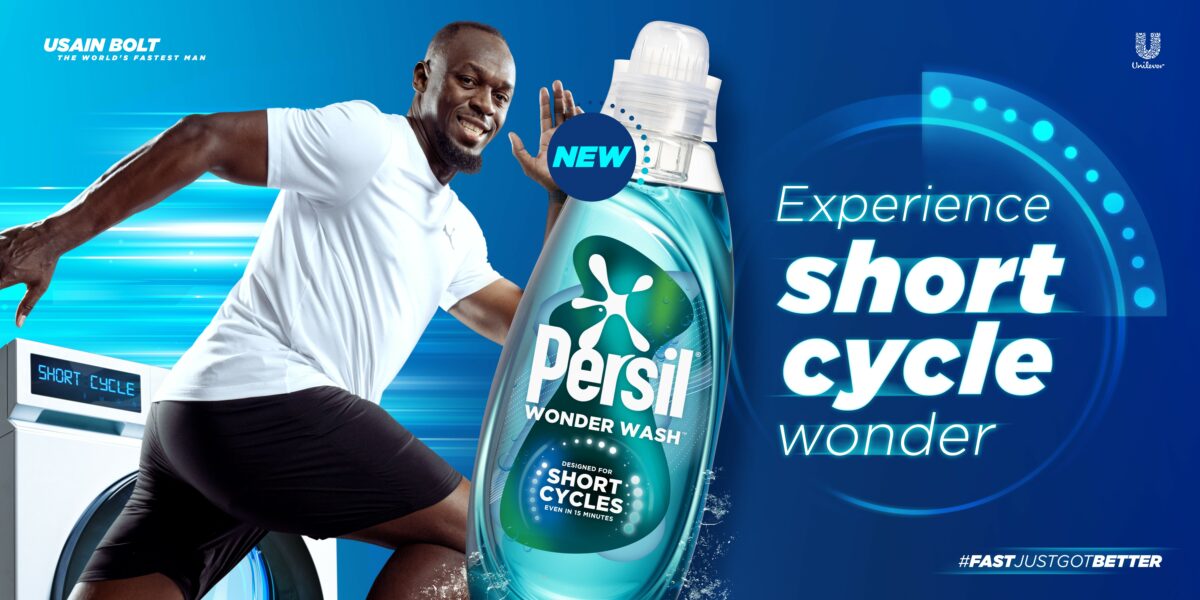WHSmith has become something of a cliché. If you want to compare a company’s digital efforts with best-in-class, or highlight an interesting new strategy, it’s almost always ‘like Amazon’, ‘like Uber’ or ‘like Apple’.
To flip that on its head and look for a benchmark for mediocrity, you don’t need to look as far away as Silicon Valley, because the best example is much closer to home.
CEEK Marketing founder and md, Charlie Terry, explains why British brands – but especially retailers – should take heed of WHSmith’s current predicament.
Former darling of the high street, WHSmith, is having a torrid time of it. Overall sales slipping below pre-Covid levels, share price dipping and cyber-attacks are just recent symptoms of a much wider malaise.
WHSmith would like to think of itself as the Swiss army knife of high street retail, doing a little bit of everything. The problem is, there is almost always a store – often one situated right next door – doing it infinitely better.
Let’s break it down. The focus of the cyber-attack in April 2022 was its online greetings card business, Funky Pigeon. But everything it can do, Moonpig does better. Back in store, its range of books is limited and solidly middle of the road (still clinging to the famed but now well past its sell-by date Richard and Judy book club). Waterstones a few doors down does the same books at the same price point but among a much broader offering with a more well-rounded, polished experience.
A handy place to pop in for the lunchtime sandwich it might be, but when it’s flanked by Pret, Itsu, Leon, Costa Coffee and any number of better (and often healthier and cheaper) alternatives, why on earth would you? WHSmith has become the high street byword for do as I say, not as I do.
Does this mean all is lost? Not quite. Prime retail spots have always been its killer app, in urban centres but particularly in transport hubs where the airline estate in particular has been its saviour of late. Not that we’d say selling to a literally captive audience as travellers wilt in several-hour long queues is the ultimate customer experience goal.
Its brand, too, is still indicative of reliability and reasonably comprehensive product lines for any stationery, reading or wrapping needs. But it must recognise that its audience is changing, the market is changing and expectations are changing. Flogging large bars of chocolate at point of sale for a quid is not the killer upsell they think it is.
For a company so steeped in the high street, WHSmith really needs to get on board with online. That doesn’t just mean an ecommerce site and a bit of click and collect – although both absolutely table stakes. It means immersing itself in what it really means to be omnichannel.
The Gen Z audience needs more than a few highlighter pens and new earbuds. Partner with influencers and ambassadors to grow the brand and the depth of the offering. Waterstones is fully on board with TikTok and the #BookTok bandwagon. Its managing director, James Daunt, noted it was driving hordes of new customers in-store, critically from the younger generation.
His focus is on keeping them there – “It stepped booksellers up and it stepped book sales up,” he reportedly said at the beginning of 2022.
Despite a tendency towards the average, WHSmith is still a one-stop shop for many people, yet I’m confident Amazon swallows 99.9% of all its potential online sales. Where is the differentiation?
WHSmith has the potential to build that brand. Packaging up back to school or back to the office, bundling up summer holiday excitement in the form of books and travel mags or getting the festive season and birthdays all wrapped up – the potential is there. With control over a great deal of its own product range it has the opportunity to beat Paperchase at its own game – itself a model of Lazarus-like high street resurrection following its purchase by a retail consortium.
Notably, Paperchase’s turnaround is said to be largely down to its rescuers’ heavy investment in its digital presence. It’s online-only Second Edition Mystery Boxes, which give 10 bestselling products worth £75 for only £30 taps into the strong self-gifting trend while also being ahead of these straitened times in getting as much for your stretched pound as possible.
For far too long, WHSmith – and other retailers like it – has rested on increasingly withered laurels. In its favour is experience, infrastructure and heritage. But it’s not enough to say that it has to move with the times, engaging with an audience that is unapologetically digital-first. It needs to reevaluate what it stands for and who it stands for. It’s time to rebuild what the brand means from the ground up in a truly omnichannel way that is relevant, not just for today’s modern consumer, but tomorrow’s too.










1 Comment. Leave new
The stench of decay is there as you walk through the door into its weird world of mediocre. Floors often haven’t been cleaned (Cheltenham) in days and have gum spots stuck there from months ago. Managers are disillusioned and don’t know where to turn. It is all set up for Halloween to receive the walking dead…..